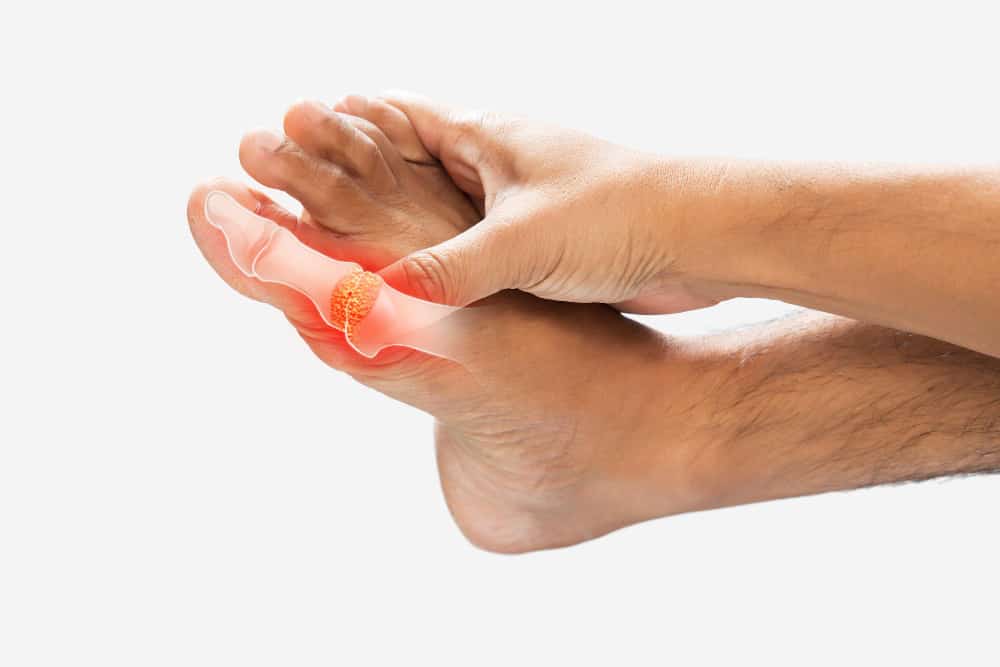3. Inflammation and Redness

Inflammation and redness are prominent signs of a gout attack, visibly manifesting around the affected joint. This symptom reflects the body’s inflammatory response to urate crystal deposits within the joint space. The skin over the joint becomes warm, swollen, and red, signaling acute inflammation. This not only alters the appearance of the joint but also contributes to the overall discomfort and pain experienced during an attack. The intensity of the redness and swelling can serve as an indicator of the severity of the attack.
Managing these symptoms effectively requires a comprehensive approach that includes both immediate relief measures and long-term strategies to control uric acid levels. Applying ice to the affected area, resting the joint, and using anti-inflammatory medications can help reduce inflammation and redness in the short term. For long-term management, lifestyle modifications, dietary changes, and medications prescribed by a healthcare provider are crucial in preventing recurrent attacks and minimizing the risk of complications associated with gout.
